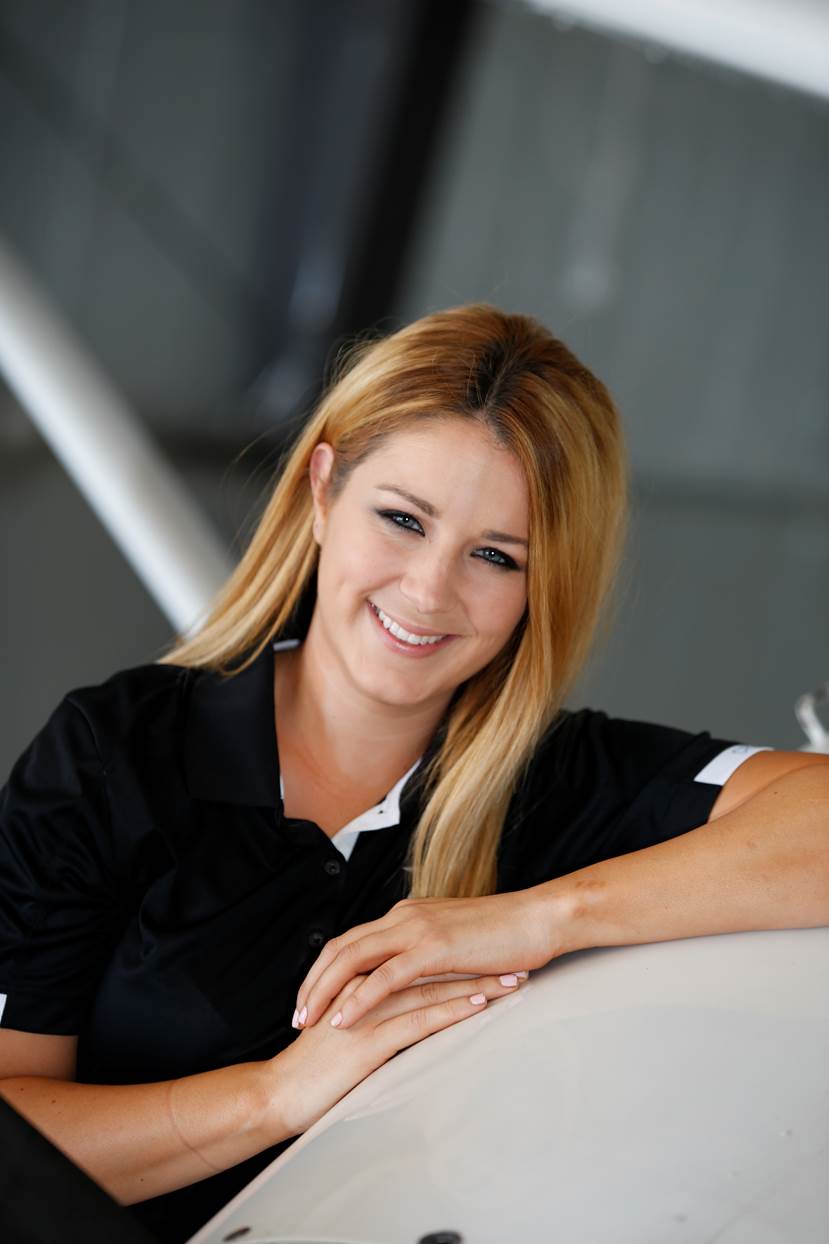Hurdles remain for GA pilots flying to Canada
The Canadian border reopening to vaccinated travelers might be news general aviation pilots have been eager to hear, but there are some hurdles to be aware of before crossing the border.
While the quarantine requirements have been lifted, there are many procedures for pilots traveling from the United States to Canada to follow, including some complicated forms and checklists. The Canada Border Services Agency (CBSA) has provided extensive on its website about the process and what travelers will need to do before and after arriving into Canada.
To comply with COVID-19 requirements, pilots being vaccinated, travelers must present a negative COVID-19 test upon arrival and also upload proof of vaccination in the ArriveCAN app.
The next step for pilots is to ensure their arrival into a specific Canadian airport of entry (AOE). Pilots will want to reference the CBSA website for available AOEs and receive approval prior to entry. The best course of action is to call the CANPASS Telephone Reporting Centre at 888-226-7277 or 905-679-2073 to get assistance in identifying available AOEs and processing arrival into the chosen airport.
Once the first two steps are completed, the process to enter Canada is largely the same as it was before the pandemic. Pilots can reference AOPA’s guidance for travel procedures to Canada, which includes information about crew, passenger, and aircraft requirements, and the Electronic Advance Passenger Information System process for international flights that requires pilots flying internationally to electronically submit a passenger manifest and arrival/departure notification at least 60 minutes prior to leaving or entering the United States.
“Easing cross-border travel restrictions is a step in the right direction, but we’ve still got a ways to go in ensuring a smooth and simplified process for GA pilots flying to and from Canada,” said AOPA President Mark Baker. “I know many pilots who have been looking forward to flying north, and I encourage officials to address the complexity of these requirements as we move forward to beat this pandemic.”
The Canada-U.S. border is the largest undefended boundary in the world at 5,525 miles. There are 117 legal points of entry, which have been closed to tourists and nonessential travel for the past 16 months. Following the August 9 announcement, wait times have varied across locations, as some travelers experienced waits of up to seven hours to cross the border.
Despite Canada’s border reopening to Americans, the U.S. border remains closed to all Canadians until at least August 21. The same restriction applies to Mexico.
With restrictions subject to change around the world, government-run websites, including the Department of Homeland Security and the European Union, are useful resources for anyone contemplating an international trip.




